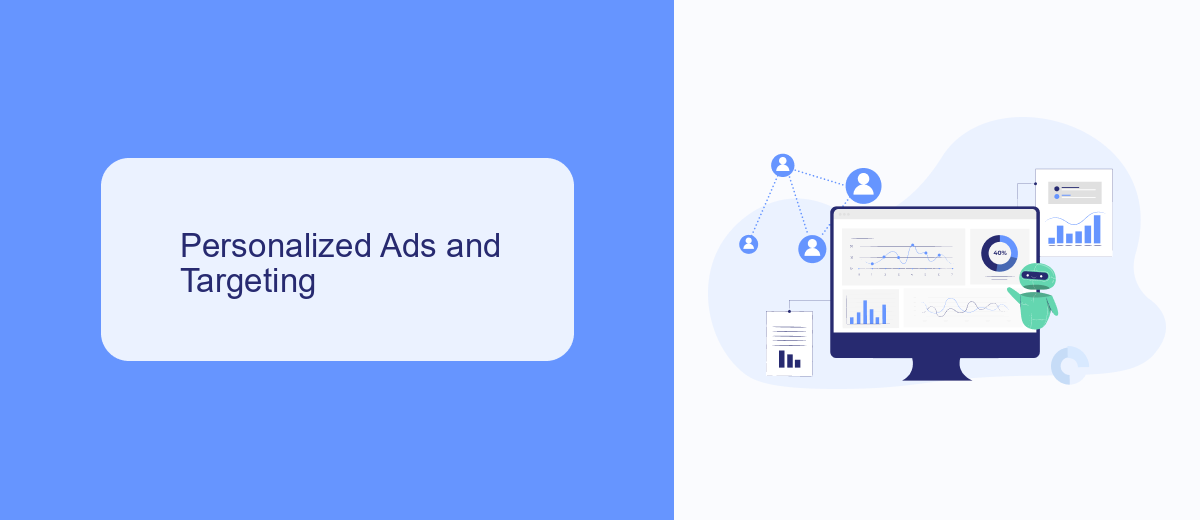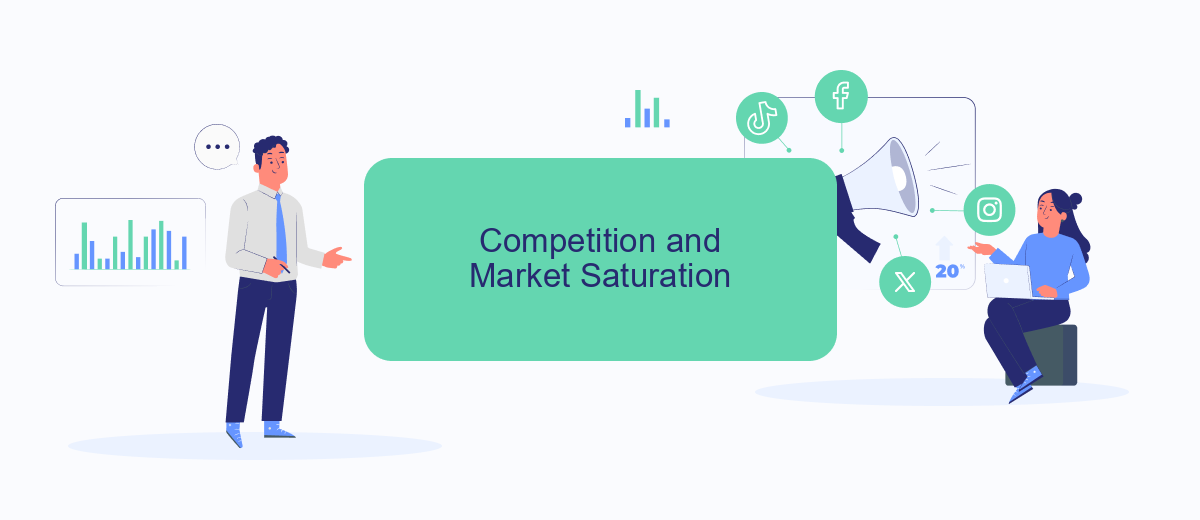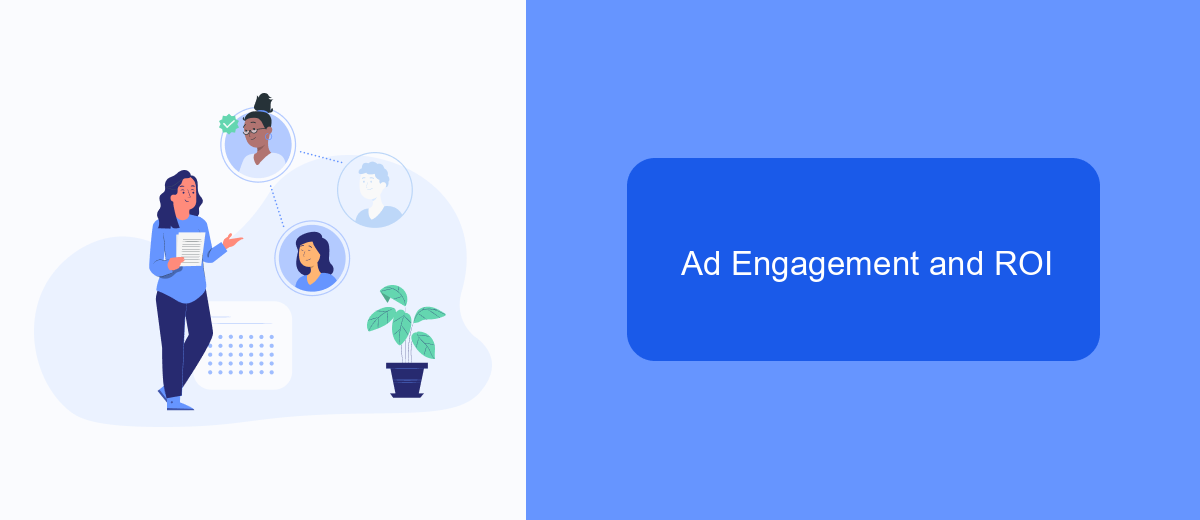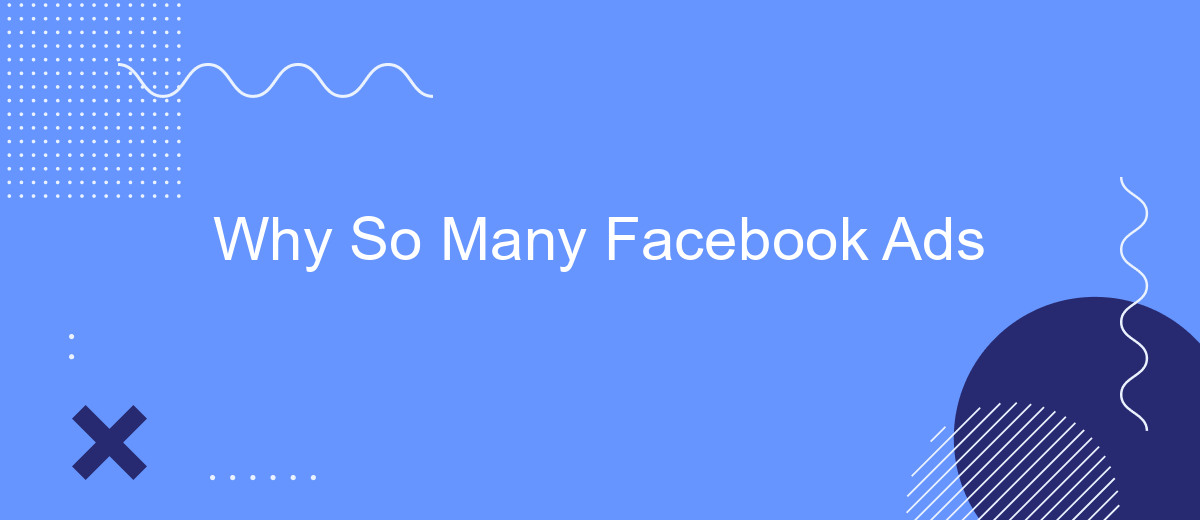In recent years, Facebook has become a dominant platform for digital advertising, inundating users with a myriad of ads. This surge in advertisements raises the question: why are there so many Facebook ads? Understanding the algorithms, targeted marketing strategies, and the platform's revenue model can shed light on this pervasive phenomenon and its impact on both businesses and consumers.
Why So Many Facebook Ads
Facebook Ads are ubiquitous, appearing in users' feeds with increasing frequency. This phenomenon can be attributed to the platform's sophisticated targeting capabilities and the vast amount of data it collects from its users. Businesses leverage Facebook Ads to reach specific demographics, interests, and behaviors, ensuring their marketing efforts are highly effective and efficient.
- Advanced targeting options based on user data
- Cost-effective advertising solutions
- High engagement rates among users
- Integration with various marketing tools
One of the key factors contributing to the proliferation of Facebook Ads is the seamless integration with services like SaveMyLeads. This platform automates the process of capturing and managing leads from Facebook Ads, allowing businesses to streamline their marketing efforts and improve conversion rates. By leveraging such tools, advertisers can maximize their return on investment and ensure that their ads reach the right audience at the right time.
Personalized Ads and Targeting

One of the primary reasons you see so many Facebook ads is the platform's advanced capability for personalized ads and targeting. Facebook collects vast amounts of data from user interactions, preferences, and behaviors, allowing advertisers to create highly specific and relevant ad campaigns. This means that the ads you see are tailored to your interests, making them more engaging and effective. By leveraging this data, businesses can reach their ideal audience with precision, increasing the likelihood of conversion and customer retention.
In addition to Facebook's built-in targeting tools, businesses can enhance their ad campaigns through integration services like SaveMyLeads. SaveMyLeads allows companies to seamlessly connect Facebook Ads with other marketing tools and CRM systems, automating lead generation and follow-up processes. This integration ensures that businesses can efficiently manage and nurture leads, optimizing their marketing efforts and improving overall ROI. By utilizing such services, advertisers can create a more cohesive and effective marketing strategy, ensuring that their ads reach the right people at the right time.
Competition and Market Saturation

One of the primary reasons for the abundance of Facebook ads is the intense competition and market saturation. Businesses of all sizes are vying for the attention of the same audience, making it crucial for them to leverage every possible tool to stand out. This has led to an increase in the number of advertisements as companies strive to capture user interest and drive conversions.
- High competition among businesses for user attention.
- Market saturation leading to increased ad frequency.
- Utilization of advanced targeting tools and services.
Services like SaveMyLeads play a pivotal role in this landscape by offering seamless integration solutions. They help businesses automate their lead generation processes, ensuring that no potential customer is overlooked. By using such tools, companies can efficiently manage their ad campaigns, optimize their marketing efforts, and ultimately stay ahead in a crowded digital marketplace.
Ad Engagement and ROI

Ad engagement is a crucial metric for businesses using Facebook Ads. It measures how users interact with ads through clicks, likes, shares, and comments. High engagement indicates that the ad resonates well with the audience, leading to better brand visibility and potential conversions.
Return on investment (ROI) is another vital aspect of Facebook Ads. It calculates the profitability of ad campaigns by comparing the revenue generated to the amount spent on advertising. A positive ROI means that the campaign is cost-effective and contributes to business growth.
- Click-through rate (CTR): Measures the percentage of users who click on the ad.
- Conversion rate: Tracks the percentage of users who complete a desired action after clicking the ad.
- Cost per click (CPC): Determines the average cost for each click on the ad.
- Cost per acquisition (CPA): Calculates the cost of acquiring a new customer through the ad.
To optimize ad engagement and ROI, businesses can leverage integration services like SaveMyLeads. This platform automates data transfer between Facebook Ads and CRM systems, ensuring timely follow-ups and efficient lead management. By streamlining these processes, companies can enhance their ad performance and maximize ROI.
Boosting Brand Awareness
One of the primary reasons businesses invest in Facebook ads is to boost brand awareness. By leveraging Facebook's extensive user base and sophisticated targeting options, companies can reach a broad audience that aligns with their target demographics. This heightened visibility helps in establishing a brand's presence in the market, making it more recognizable and memorable to potential customers. The platform's various ad formats, such as carousel ads, video ads, and sponsored posts, offer creative ways to showcase products and services, further enhancing brand recall.
To maximize the effectiveness of these ads, businesses often turn to integration services like SaveMyLeads. SaveMyLeads simplifies the process of connecting Facebook lead ads with various CRM systems, email marketing tools, and other essential business applications. By automating the lead capture and follow-up processes, companies can ensure that no potential customer falls through the cracks. This seamless integration not only saves time but also enhances the overall efficiency of marketing campaigns, contributing significantly to sustained brand awareness and growth.
FAQ
Why am I seeing so many ads on Facebook?
Can I control the number of ads I see on Facebook?
How do advertisers choose their target audience on Facebook?
Why do I see ads for things I've recently searched for online?
How can businesses automate and optimize their Facebook ad campaigns?
Would you like your employees to receive real-time data on new Facebook leads, and automatically send a welcome email or SMS to users who have responded to your social media ad? All this and more can be implemented using the SaveMyLeads system. Connect the necessary services to your Facebook advertising account and automate data transfer and routine work. Let your employees focus on what really matters, rather than wasting time manually transferring data or sending out template emails.
